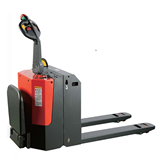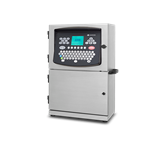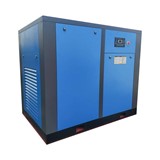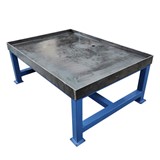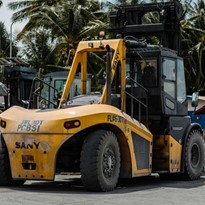Electric forklifts are changing how we handle materials, offering an eco-friendly alternative to traditional forklifts. They generally require less maintenance and emit lower carbon emissions. However, the main concern is their battery life. How long can an electric forklift run on a single charge?
So, understanding what affects battery life is essential to keeping performance running smoothly. Factors such as battery type, moving loads, intensity of use, and even location can significantly affect how long a forklift can run before it needs to be recharged.
In this article, we’ll explore the forklift battery life. We will discuss batteries such as lead acid and lithium-ion and how they affect run time. Plus, we’ll share tips to improve battery performance.
Types of Forklift Battery
Flooded Lead-Acid
Flooded lead acid batteries, also known as wet cell batteries, are popular in industries such as electric transportation, especially forklifts. These batteries consist of plates filled with a mixture of sulphuric acid and water.
They're cheaper than Lithium-ion batteries, making them an ideal choice for businesses with forklift fleets. Because of the affordable price, companies can buy multiple batteries per forklift.
However, wet cell batteries have some disadvantages. They require a watering system and employee training to maintain water levels safely. Regular maintenance and cleaning are also necessary for optimal performance. One of the biggest problems is the long charging times and the need for a cool-down period before use.
Lithium-ion Batteries
Lithium-ion batteries are increasingly popular for forklifts. Though more expensive than wet-cell batteries, they offer many benefits: they are maintenance-free, don't require watering, minimise worker risks, can be fast-charged, and can't be overcharged.
However, lithium-ion batteries are also smaller, necessitating additional counterweights in the battery compartment, and expensive. Moreover, high temperatures can easily damage them.
Factors Affecting Battery Performance
- Temperature
Battery performance is sensitive to temperature. High temperatures cause faster charge loss, and cold temperatures can reduce efficiency. Batteries should be stored and operated within their optimal temperature range to ensure longevity and reliability. - Usage Patterns
How a forklift is used significantly impacts battery life. High-intensity operations with continuous use drain batteries faster than regularly with lighter intensity. Continuous, long-term use of the forklift can also lead to overheating and reduced performance. It's better for the battery to have shorter periods of use throughout the day. - Maintenance Practices
Regular maintenance is crucial for top battery performance. Follow watering, cleaning, and charging schedules to boost efficiency and extend battery life. This involves cleaning terminals, checking electrolyte levels, and monitoring the battery's condition.
How Long Can an Electric Forklift Run?
Understanding the runtime of an electric forklift is crucial for planning operations and maximising productivity. Here are several factors that determine how long an electric forklift can operate.
-
Battery Capacity
A forklift’s battery capacity, measured in amp hours (Ah), directly affects how long the forklift can operate on a single charge. For example, a battery forklift with an 80V/840Ah lead-acid battery can run for about 8 hours under normal conditions.Consider buying a battery forklift with 8 hour run time, Get Quotes for 80V/840Ah Electric Forklifts
-
Load Weight
The weight of the load being carried impacts battery consumption. Heavier loads require more energy to move, reducing the forklift's runtime. For example, an electric forklift can handle up to 5,000 kg, but heavier loads will decrease operational duration.Consider buying a battery forklift with 5,000 kg capacity, Get Quotes for 5t Electric Forklifts
- Conditions and Operating Issues
Operating in rough conditions can reduce a forklift's battery runtime. Indoor or outdoor use and the smoothness of the surface also impact battery longevity.
6 Best Practices for Efficient Charging
- Forklift Battery Maintenance
Following are a few important tips that can extend the life and performance of a forklift battery. Monitor and maintain good electrolyte levels regularly, avoid a major leak by recharging the battery before it drops below 20%, and follow a consistent charging schedule. - Forklift Battery Washing
Corrosive materials in batteries can damage the plastic packaging and battery components. Inspect batteries regularly for signs of corrosion and flush them with water and battery acid neutraliser as necessary. - State of Charge (SoC)
The state of charge (SoC) of a forklift battery indicates the remaining charge compared to its total capacity. Unlike lead-acid batteries, lithium-ion batteries have slower discharge rate. -
Internal Resistance
Lithium-ion batteries work well because they have low resistance and can efficiently deliver power. However, a layer called the solid electrolyte interphase (SEI) forms on the battery's anode, which can increase resistance. This layer is created when the battery's electrolyte breaks down.The SEI layer's quality is crucial for the battery's performance, charging speed, capacity retention, and safety. Manufacturers add chemicals like vinylene carbonate to the electrolyte to prevent the SEI layer from becoming too restrictive and to maintain low internal resistance as the battery ages.
-
Temperature Management
For long lithium-ion battery life, keep it between 0°C and 45°C and between -20°C and 55°C in storage. High temperatures can cause the cathode electrolyte's oxidation, resulting in capacity loss. Charging the battery below freezing can damage the battery.Store batteries in a dry, cool location, avoid extreme temperatures, use a battery cooler or heater, and handle them carefully. Follow safety procedures and train operators on proper usage and maintenance practices to reduce accidents or damage.
- Battery Ageing
Lithium-ion batteries typically run 2,000-3,000 cycles, much longer than lead acid batteries, which run 1,000-1,500 cycles. Overcharging, heavy cycling, and extreme temperatures speed up the ageing of lithium-ion batteries. To maintain lifespan, charge at normal room temperature.
Comparing Forklift Battery Price vs. Performance
Cost Considerations
Consider the cost, long-term benefits, business needs, and budget when choosing forklift batteries. Even though lead-acid batteries are cheaper than lithium-ion, lithium-ion batteries have a longer life, lower maintenance, and higher efficiency, resulting in lower overall costs over time.
Balancing the initial investment with long-term benefits
Lithium-ion batteries may be more expensive, but they can prove cost-effective over time due to their efficiency, extended operating hours per charge, and low maintenance requirements. Conducting a thorough cost-benefit analysis that considers reduced downtime, minimal maintenance costs, and increased productivity is essential.
In conclusion, it is critical for businesses to understand how long an electric forklift can run and optimise its battery efficiency. By following best practices like battery maintenance and temperature management, companies can make their forklifts last longer and operate more smoothly. Regular maintenance also plays a crucial role in ensuring consistent performance. Prioritising efficient charging extends battery life, boosts productivity, and cuts costs.
Discover and Compare with IndustrySearch!
Upgrade your electric forklift on IndustrySearch using the Get Quotes tool to compare suppliers easily. Find the perfect fit for your industrial needs, from materials handling to packaging and more. Join 1.2 million buyers who have used Get Quotes for their commercial machinery and equipment.
FAQ
How many hours is a lot for an electric forklift?
Each forklift has a different case, but surpassing 10,000 hours is usually considered high for a forklift. A 10,000-hour lifespan with eight hours of operation means about five years for most machines. Forklifts from reputable manufacturers can last up to 20,000 hours, the equivalent of ten years.
Are electric forklifts worth it?
Electric forklifts are better than gas. They work best in cold environments and indoors, especially in a warehouse. Although they’re more expensive, their operational expenses are cheaper, making them a wise investment.

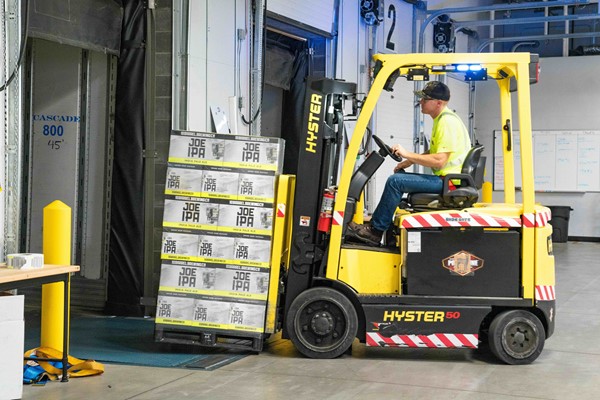
-160x160-state_article-rel-cat.png)
-160x160-state_article-rel-cat.png)
-160x160-state_article-rel-cat.png)
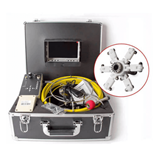
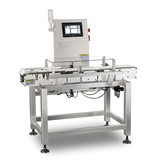
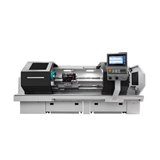



-160x160-state_article-rel-cat.png)



